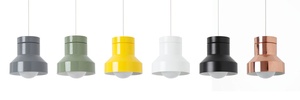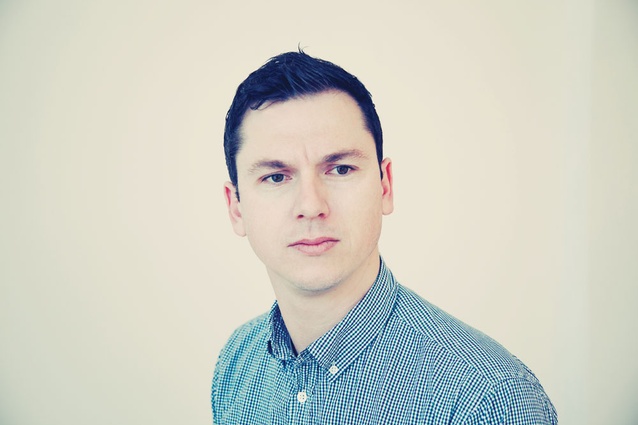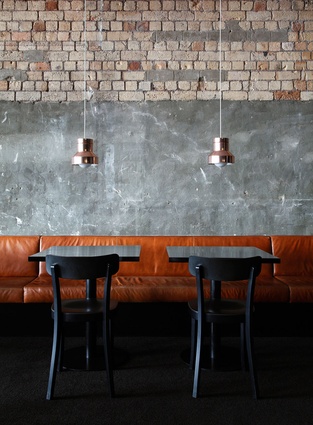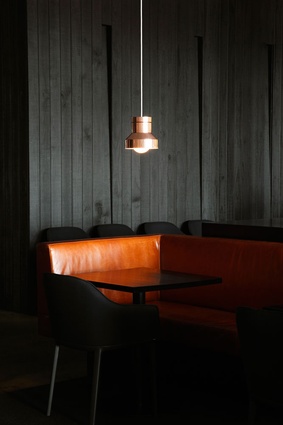Designer profile: David Moreland
Interior magazine puts the furniture designer in the frame, with some questions about his design motivations and material preferences.
David, what was the first thing you ever designed?
I classify the Framed range as the first thing I really designed. There were other pieces that were made for commissions or exhibitions but I believe creating something is only half the battle; being able to have a piece in full production really makes it a successful design.
Can you give us a quick run-through of your career?
My interest in design started when I majored in 3-D design at university. Over the four years of study, my focus refined from sculpture to furniture as I found I enjoyed creating something useful to others. After that I was based in the Hawke’s Bay for three years working for David Trubridge and a member of Cicada Studios – an incubator for furniture design graduates. During this time I made the entire range of David’s furniture collection and developed and produced my Framed pieces as well. Most recently I have been working for Simon James Design as head of production while simultaneously running my own business.
Looking at some of your products, and especially the Framed range, you strike me as a designer who is on a quest to design products that possess simple, geometric shapes… or is that off the mark?
Yes, I suppose I am! There is always an honesty to the product’s materials through the simplicity and elegance of the form. I spend a lot of time refining the fixings and joints to not only simplify the visual aesthetic but the manufacturing as well.
You have quite a suite of products now, ranging across lighting, seating and storage. Do you think that, if looked at as a group, these products have a unified aesthetic?
I think that perhaps they are unified not by how they look but by the approach. The attention to detail is always very important whenever I am designing something. Whether it’s in wood or steel, I think my basic principles always find a way to influence the final piece.
Do you have a lot of ideas for potential products? How do you decide which products to work through to completion?
Being a small company means I can introduce only a few new products a year. Manufacturing capabilities and set-up costs always play apart in deciding what gets put into production. I also believe defining your market early is very important; it’s fine to have a great idea, but what it’s going to cost to sample, photograph and produce and who’s going to buy it and how much are they willing to pay are crucial things to consider very early in the process.
Are there any materials you prefer working with?
Timber is what comes naturally from my cabinet-making background, but more recently I’ve been enjoying using steel, as the colourways and finish options are endless. All materials have their benefits – it’s just a matter of identifying their inherent qualities and using excellent manufacturers to make the most of them for you.

What’s next for you – what are you working on at the moment?
A new pendant light is about to be released and a timber shelving unit is also not too far away either. I’ll keep you posted! (See images of Pendant 45, above.)
Where do you get your furniture made?
My entire range is produced within New Zealand, much of it in Auckland. When you outsource your production the relationships you have with your manufacturers are key. I am lucky to work with great cabinetmakers and engineers.
In the pantheon of great designers, whose work do you admire the most?
The Bouroullec brothers, Barber Osgerby, Claesson Koivisto Rune, Nendo, Benjamin Hubert, Tomás Alonso… the list goes on. There are so many design companies
that work with the biggest manufacturers in the world to produce so much so consistently. It always amazes me how much new design gets produced at such an incredible level of quality.












